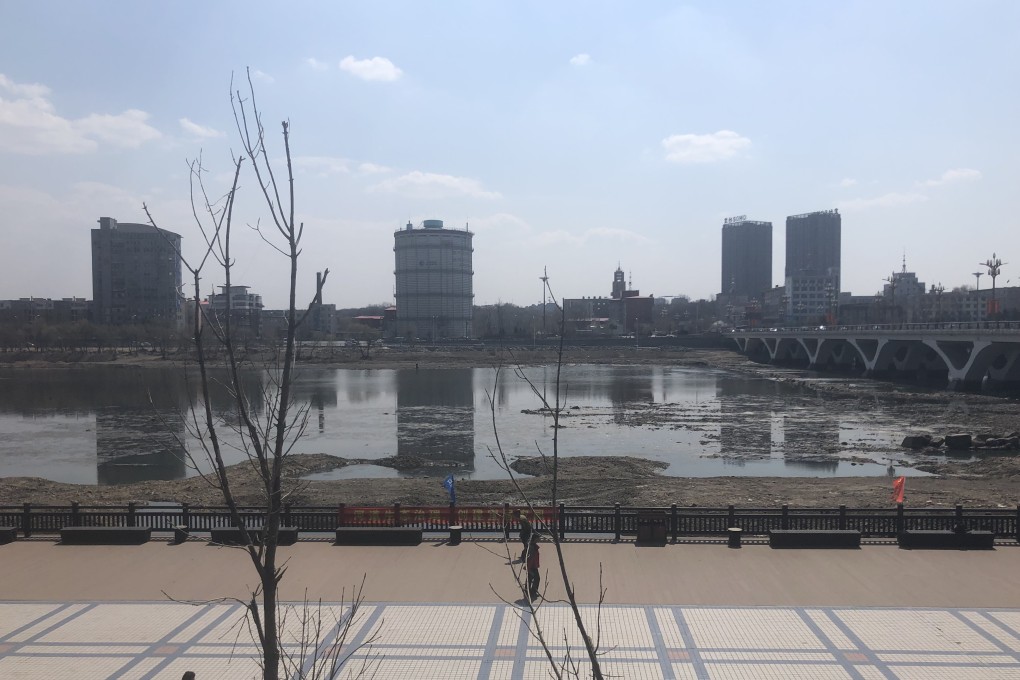China’s Northeastern rust belt struggling to retain population as economic slowdown speeds up exodus
- Tieling and Fushun, two cities in Liaoning province, highlight the problems of shrinking cities in China’s northeastern rust belt
- Small city governments struggle to adjust development plans for declining population as local resources dwindle and youngsters seek life elsewhere

The northeast rust belt, once the pride and birthplace of China’s industrial development, is in its biggest economic slump as it struggles to shake off a deep-rooted planned economic mindset and dwindling resources, and a brain drain to regain competitiveness. This is the third article of a five-part series that looks at two shrinking cities.
The 300,000 sq ft public transport terminal that services Tieling’s highly touted Riverside New District was designed to be a major hub of light rail, long-distance buses and taxis, but it operated only briefly at full capacity after opening in September 2012. Now the 200 million yuan (US$30 million) structure closes at 4pm on a normal weekday as there are not enough customers.
The main hall is closed with a for rent notice posted on the front door, leaving only a small room at the side for purchasing tickets. All the shops, including an investment management firm, a rural e-commerce delivery store and an agricultural product trading company, have gone, leaving only the post office and a small package delivery company.
Tieling, in the north of Liaoning province, is a typical city in China’s northeastern rust belt as it is gradually hollowed out by population loss and economic weakness. By China’s standards, it is still a big city with more than 2 million residents. It lays claim to being the birthplace of several popular song and dance duets, but like the rest of the northeast, its economy has suffered as the traditional low-tech industrial sector has shrunk.

In 2016, its gross domestic product (GDP) growth rate bottomed out at minus 4.6 per cent before slowly climbing back to 1 per cent last year, even though that was still far behind the national average of 6.6 per cent.
The weak economy and lack of jobs have sped up the decline in the population, which in turn has reduced the capacity of the local economy to grow. Tieling’s population growth rate was minus 1.6 per cent in 2017, far below the national average of a 0.5 per cent. The region’s share of national GDP, meaning the three provinces that make up the rust belt, has declined steeply to around 6.3 per cent last year from around 11 per cent in 1990.